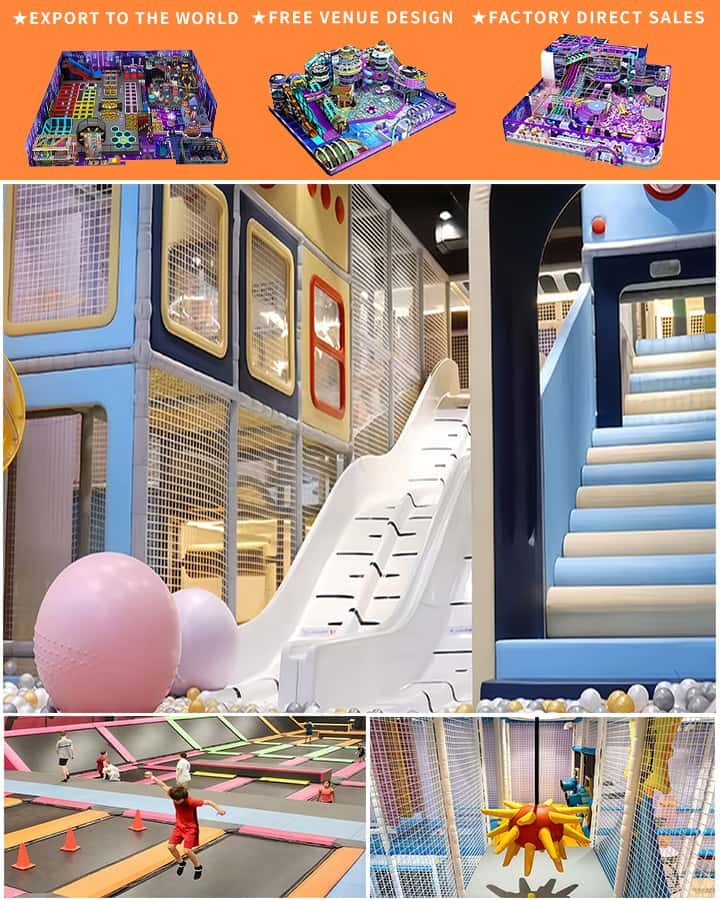Creating an indoor playground that is both exciting and affordable can be a challenging task. However, with careful planning and smart choices, it’s entirely possible to provide children with a fun environment without incurring massive expenses. Here’s a guide to selecting budget-friendly indoor playground equipment while ensuring safety and enjoyment.
Assess Your Needs and Space
Before diving into purchases, assess the available space and understand your needs. Measure the area where you intend to set up the playground. Consider factors like ceiling height, flooring, and the number of children who will regularly use the equipment. This preliminary assessment will help you choose equipment that fits well within your space, avoiding unnecessary expenses and potential safety hazards.
Prioritize Essential Pieces
Not all playground equipment needs to be brand new or high-end to offer fun and excitement. Begin by prioritizing essential pieces such as:
- Climbing Structures: These often serve as the centerpiece of any playground. Look for multi-functional climbing structures that can cater to various age groups.

- Slides: A good slide can become the highlight of any playground setup. Ensure it is safe and has adequate landing space at the bottom.
- Maze and Obstacle Courses: These promote physical activity and problem-solving skills. DIY options using cardboard, foam, or plastic pipes can be both cost-effective and customizable.
- Trampolines and Spring Rides: Smaller trampolines or spring rides are excellent for burning energy and can fit in limited spaces.
Opt for Versatile and Multi-Age Equipment
Selecting versatile equipment that caters to different age groups can save money as it ensures longer usability. For instance, adjustable climbing walls or modular play systems can grow with your child, providing entertainment for years to come.
Explore Second-Hand Options
The second-hand market can be a goldmine for finding quality indoor playground equipment at a fraction of the cost. Check online marketplaces, local classifieds, yard sales, and even community centers. Be sure to inspect second-hand items thoroughly for any wear and tear to ensure they are safe for use.
DIY Creations
For those with a knack for crafts or simple woodworking, DIY indoor playground equipment can be a rewarding and economical option. Projects like homemade ball pits, obstacle courses, balance beams, and tunnels can be made from everyday materials. Tutorials are readily available online, offering step-by-step guides to create safe and sturdy play structures.
Budget Allocation
Planning a budget is crucial. Allocate funds based on priority and necessity. High-ticket items like large climbers or commercial-grade slides might require more investment but consider them as long-term assets. Smaller items like balls, soft mats, or interactive panels can be purchased gradually.
Safety First
While striving to keep costs down, never compromise on safety. Ensure that all equipment, whether new, used, or DIY, meets safety standards. Regularly inspect for signs of wear and tear, and maintain the equipment properly to avoid accidents.
In summary, setting up an indoor playground can be done affordably with some planning and creativity. By focusing on essential pieces, exploring second-hand options, considering DIY solutions, and maintaining a clear budget, you can create a fun and engaging environment for children without exceeding your financial limits.




